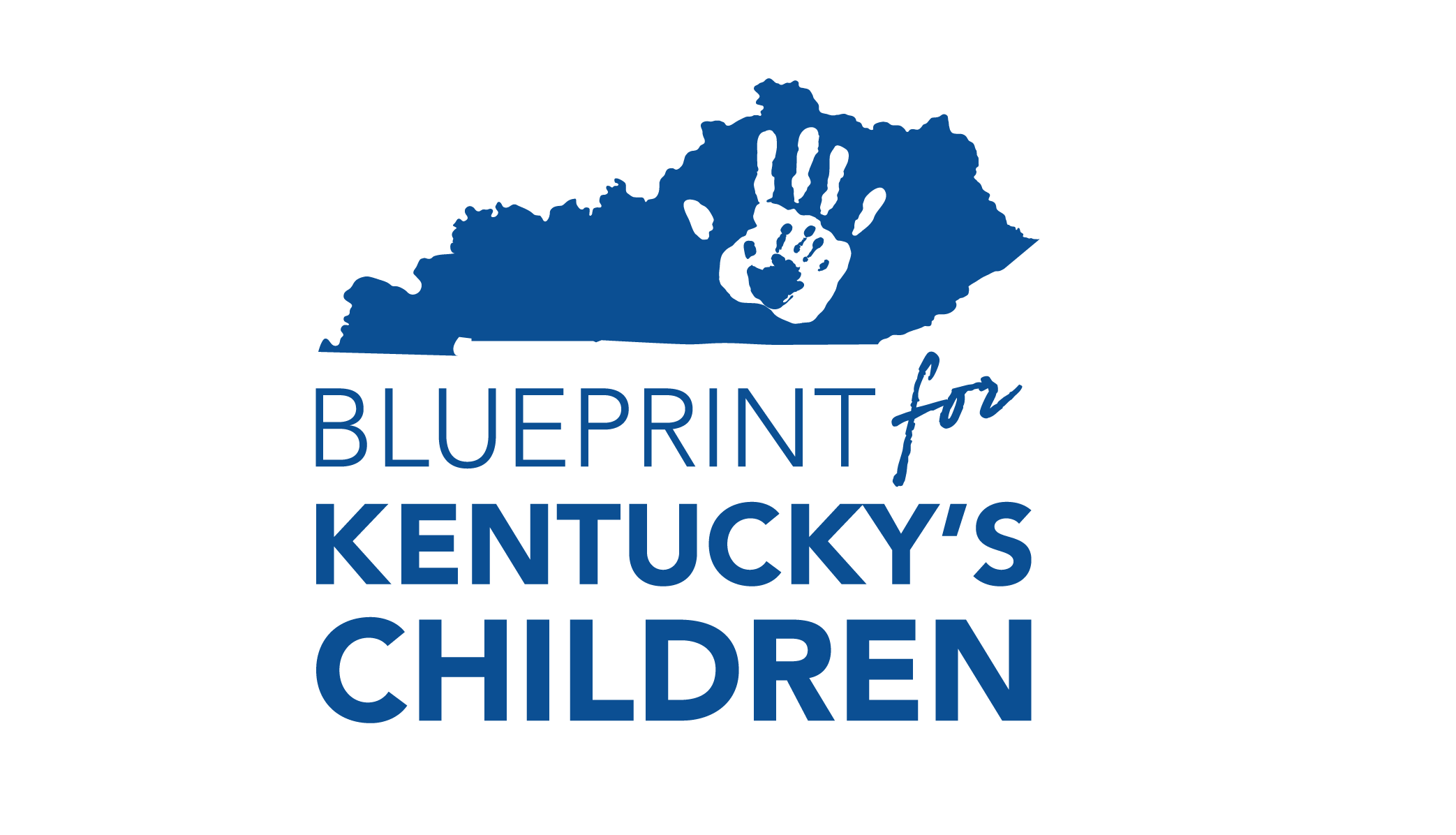Contact:
Andrea Bennett
abennett@kyyouth.org
502-381-1176
Jeffersontown, KY – Kentucky Youth Advocates joins the National Women’s Law Center today in releasing the state-by-state report, Turning the Corner: State Child Care Assistance Policies 2014. The report examines five critical factors that determine the affordability, accessibility and quality of child care assistance for all 50 states and the District of Columbia.
Turning the Corner: State Child Care Assistance Policies 2014 compares data from February 2014 to data from February 2013 and 2001 on income eligibility, waiting lists for assistance, copayments required of parents receiving assistance, reimbursement rates for child care providers and eligibility for parents searching for a job. It is important to note that the information from the report was collected in February 2014 before child care eligibility was restored in Kentucky, so Kentucky’s eligibility data in the report is outdated.
Eligibility is a fundamental aspect of child care assistance policies as a family’s access to assistance depends primarily on a state’s income eligibility limit. The Kentucky General Assembly’s decision during the 2014 legislative session to restore funding for child care assistance was a major win for kids and families. On August 4, 2014, most parents who had their child care support previously cut were able to re-enroll their children in the program, so they could continue to work and receive help paying for child care.
However, some parents like Stephanie Gegner from Fort Mitchell, Kentucky, are still struggling to make ends meet. Gegner, a working mother of 3 young children, lost her child care assistance last year during the cuts, and then when the program was reinstated, she had taken a raise and now makes $50 too much.
“I don’t know how people can get ahead. I got a raise and was able to make a little more money but I’m no better off because I lost my child care assistance. I’m still stuck. There are too many parents like me working hard and trying to make ends meet who need help paying for child care,” said Gegner.
“We continue to applaud our state legislators for making kids a priority in 2014 by restoring funds to the Child Care Assistance Program. The restored funding represented a major investment in Kentucky’s hard-working families. Yet, even with the restored funding, Kentucky’s eligibility threshold is still in the bottom 10 in the nation. To reach struggling moms and dads working hard to take care of their children, we need to increase eligibility to 200 percent of the current poverty level in 2016,” said Dr. Terry Brooks, executive director of Kentucky Youth Advocates.
Another important aspect of child care assistance includes the level of payments providers receive when they care for children whose parents receive child care assistance. Low reimbursement rates undermine providers’ ability to maintain their business, attract and keep qualified staff, and provide the equipment and materials needed to create a positive learning environment for kids. When providers do not receive adequate payments, they often lack the necessary resources to offer high-quality care. In turn, some providers may decide to stop serving families receiving child care assistance.
“Qualified child care providers build the foundation for a child’s future success,” said Helen Blank, director of child care and early learning at the National Women’s Law Center. “This is not an area where we can cut corners-we need to pay skilled child care providers a fair wage if we expect to give our children a strong start.”
With Kentucky requiring providers who serve families receiving child care assistance to participate in the quality rating system, it is important for child care centers to be reimbursed at a level that will help them maintain high-quality care. Kentucky is one of only seven states that has not changed its reimbursement rates since 2006. The national standard calls for states to reimburse providers at the 75th percentile of current market rates. This national standard aims to ensure 75 percent of the providers in a community accept families who receive child care subsidies. This would allow families receiving child care support to have multiple choices on which child care center to enroll their children in.
“High quality child care is vitally important, especially for low-income children. Yet, as a small business owner, in order to provide that quality environment for children, I have to be able to pay for reduced student-teacher ratios, more highly qualified teachers, and facility improvements in a sustainable way. Kentucky’s reimbursement levels just have not kept pace with the increase in costs to provide care. It’s time for Kentucky leaders to increase reimbursement rates for providers, which will help children, families, and providers in our community,” said Ruth Ann Hornback, Child Care Advocates of Kentucky officer and owner of three child care centers.
“This report reminds us to again celebrate the progress made to restore child care assistance funding in Kentucky this year,” added Brooks. “But it also emphasizes the need for additional improvements. We need to help more hard-working, low-income families pay for child care, and we need to make sure providers receive a fair market reimbursement rate so they can continue to provide quality care.
Turning the Corner: State Child Care Assistance Policies 2014 is available at http://www.nwlc.org/. The report contains summaries child care assistance policies and data tables for all 50 states and the District of Columbia.
###

